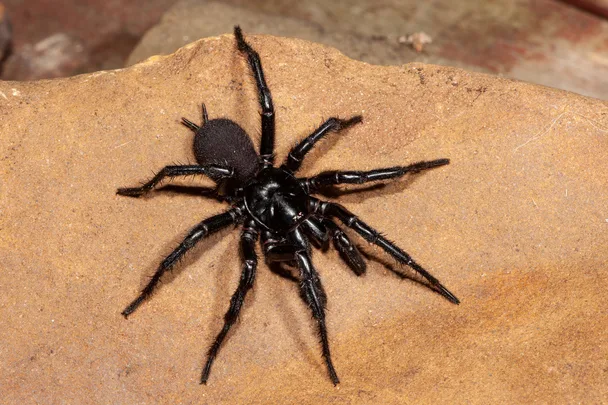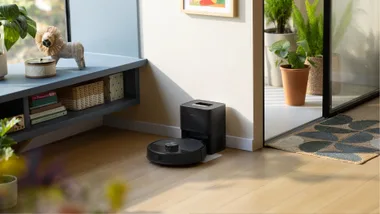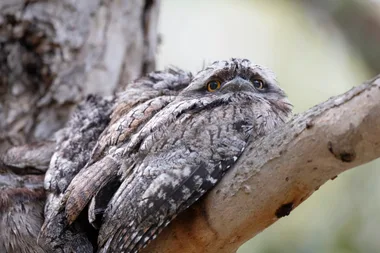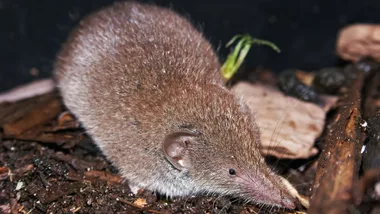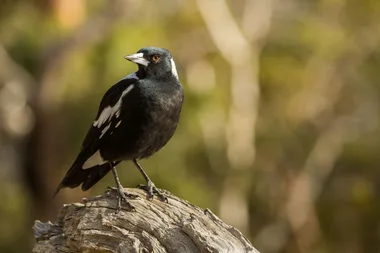Identifying a funnel-web spider is crucial, especially during peak breeding seasons or wet weather, when experts advise Australians to remain vigilant around their homes.
With 35 species of Australian funnel-web spiders, distinguishing them from other spiders can be pretty challenging. Although not all species are considered dangerous, the male Sydney funnel-web spider and the northern tree funnel-web spider are probably the most deadly. Since the antivenom was created, no deaths have been recorded; however, it’s still important to know how to identify them, how to avoid them, and what to do if bitten.
How to identify a funnel web spider
Spider expert Helen Smith from the Australian Museum told the ABC that a funnel web’s key distinguishing feature is its glossy appearance on the front of its body, particularly where its legs are attached. This glossiness sets it apart from spiders like the black house spider, which is covered in fine hairs.
Additionally, funnel webs have powerful fangs protruding from substantial bases, which further helps differentiate them from other spiders.
In short, “If it is glossy, with powerful fang bases, beware,” says Helen.
What does a funnel-web spider look like?
- Appearance: Funnel-web spiders are typically giant, robust spiders with shiny, hairless bodies. They can range from brown to black and are glossy, varying in body length from 1 cm to 5 cm.
- Legs: They have thick, muscular legs that aid their burrowing and hunting activities.
- Eyes: They possess eight small, closely grouped eyes arranged in two rows of four.
If you’re still struggling to identify a funnel-web spider, this spider identification app should be able to help.
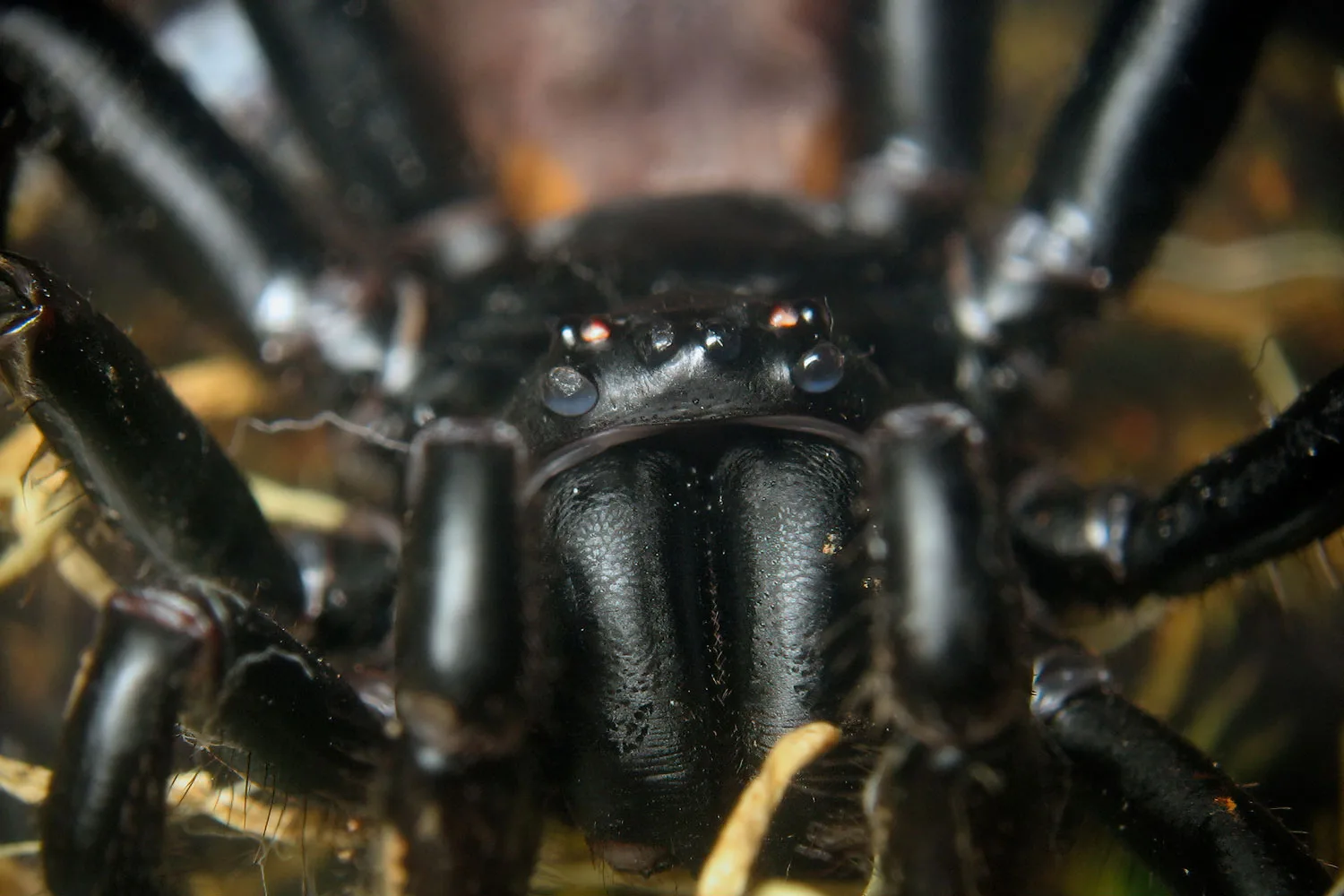
What spiders are mistaken for funnel-webs?
- trapdoor spiders
- wishbone spiders
- mouse spiders
- black house spiders
Mouse spiders can be as dangerous as funnel web spiders; here’s how to tell them apart.
- Funnel-web spiders tend to have thicker, stronger legs compared to mouse spiders.
- Both species are burrowing spiders, but they construct different types of burrows. Funnel-web spiders create silk-lined burrows with a distinctive entrance shaped like a funnel. Mouse spiders also burrow but typically do not line their burrows with silk, and their burrow entrances may not be as distinct.
- While mouse and funnel-web spiders possess venom, the toxicity levels differ. Funnel-web spider venom, particularly that of the Sydney funnel-web, is highly toxic and can be potentially lethal to humans. Mouse spider venom can also be potent, but it is generally less dangerous to humans.
- Mouse spiders are wandering hunters who do not build webs to catch prey.
Do funnel-web spiders live in houses?
While funnel-web spiders may occasionally wander indoors, they are not commonly found inside houses. If they enter a home, they may seek out dark, sheltered areas like basements, crawl spaces, or garages. However, they are more likely to be encountered outdoors, especially in areas with suitable habitat.
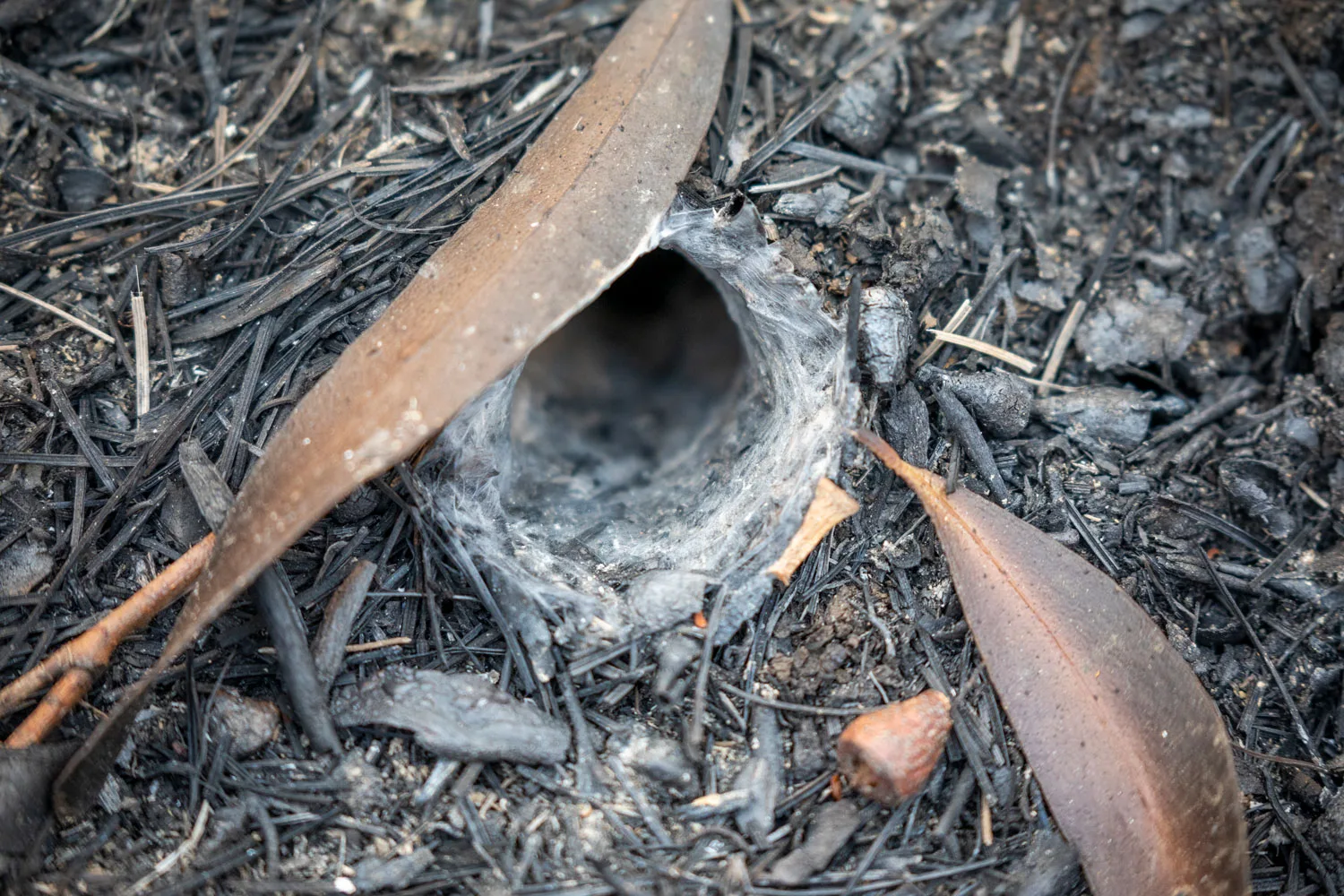
What to do if you find a funnel-web nest
If you spot what looks like a funnel-web spider’s nest, it’s best to keep your distance. Funnel-webs can be defensive if disturbed, especially during their active season from October to March, when males leave their burrows in search of mates.
Here’s what to do:
- Do not poke or dig around the burrow. Disturbing the nest can provoke the spider.
- Keep children and pets away from the area. Funnel-webs are fast movers and can appear suddenly if threatened.
- Mark the spot. Mark the location so you can find it later if you need to show a pest expert.
- Don’t pour water in the nest. Avoid flooding or spraying the burrow — it may drive the spider indoors.
- Call in an expert. If it’s in a high-traffic area, contact a local pest controller or the Australian Reptile Park, which accepts live funnel-webs for antivenom production.
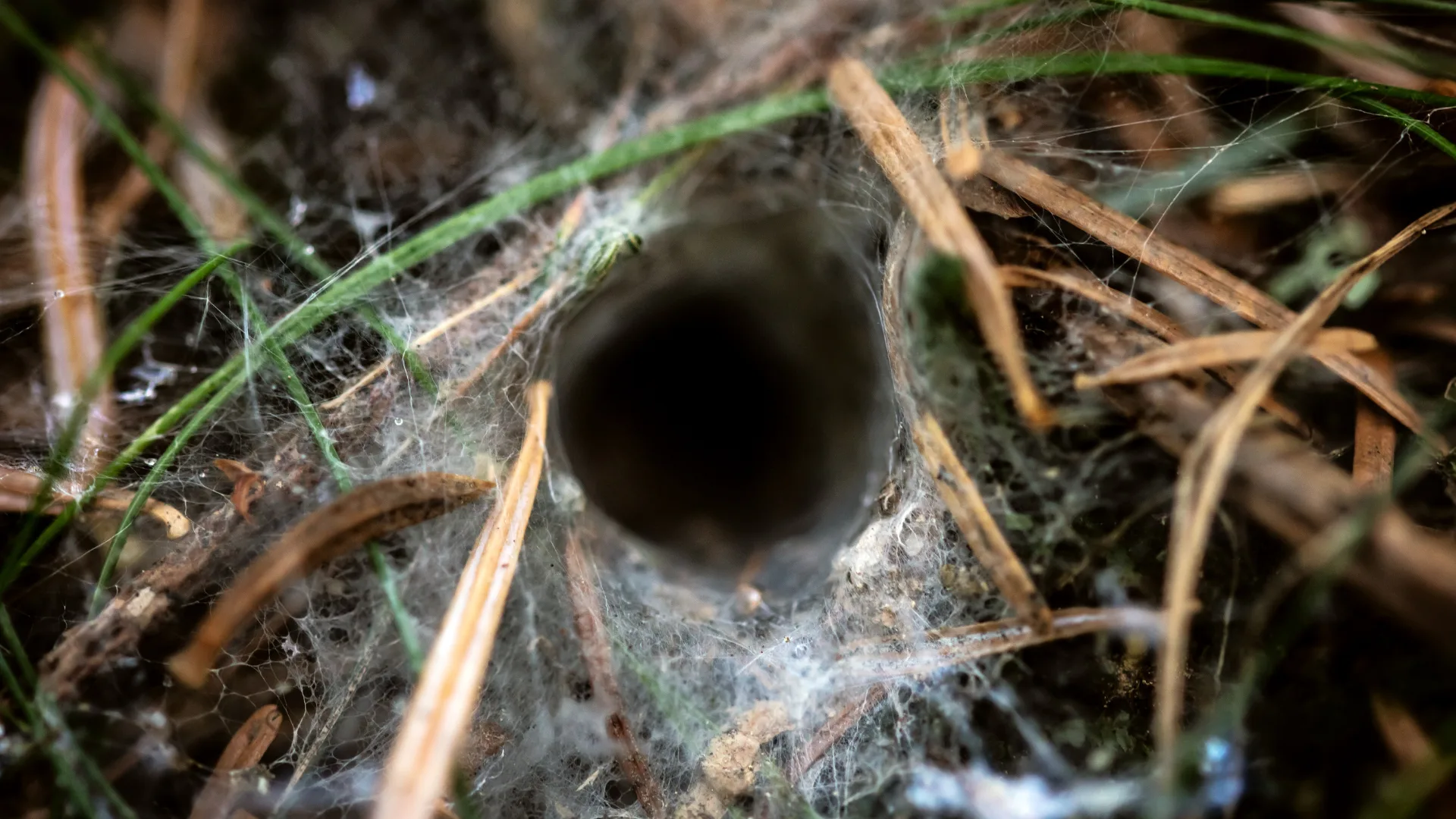
What repels funnel-web spiders?
There’s no guaranteed way to keep funnel-web spiders away completely, but you can make your home and garden less inviting by reducing the conditions they love—moisture, shelter, and easy entry points.
Natural deterrents:
- Citrus peels or essential oils (such as lemon, eucalyptus, and peppermint): These scents may deter spiders from entering small spaces, although results vary.
- Vinegar spray: A mild vinegar-water mix can deter some spiders from returning to entry points.
- Lighting: Keep outdoor lights low or switch to yellow bulbs; bright white lights attract insects—and spiders follow their prey.
Environmental prevention:
- Seal cracks: Including gaps around windows, vents, and doors.
- Clean up your garden: Keep garden beds tidy and remove leaf litter, logs, and rocks from around the house.
- Cover drains: Install fine mesh over drains and vents to prevent burrowing species from entering.
- Reduce dampness: Funnel-webs thrive in moist, shaded areas, so fix leaks and improve airflow under the house.
